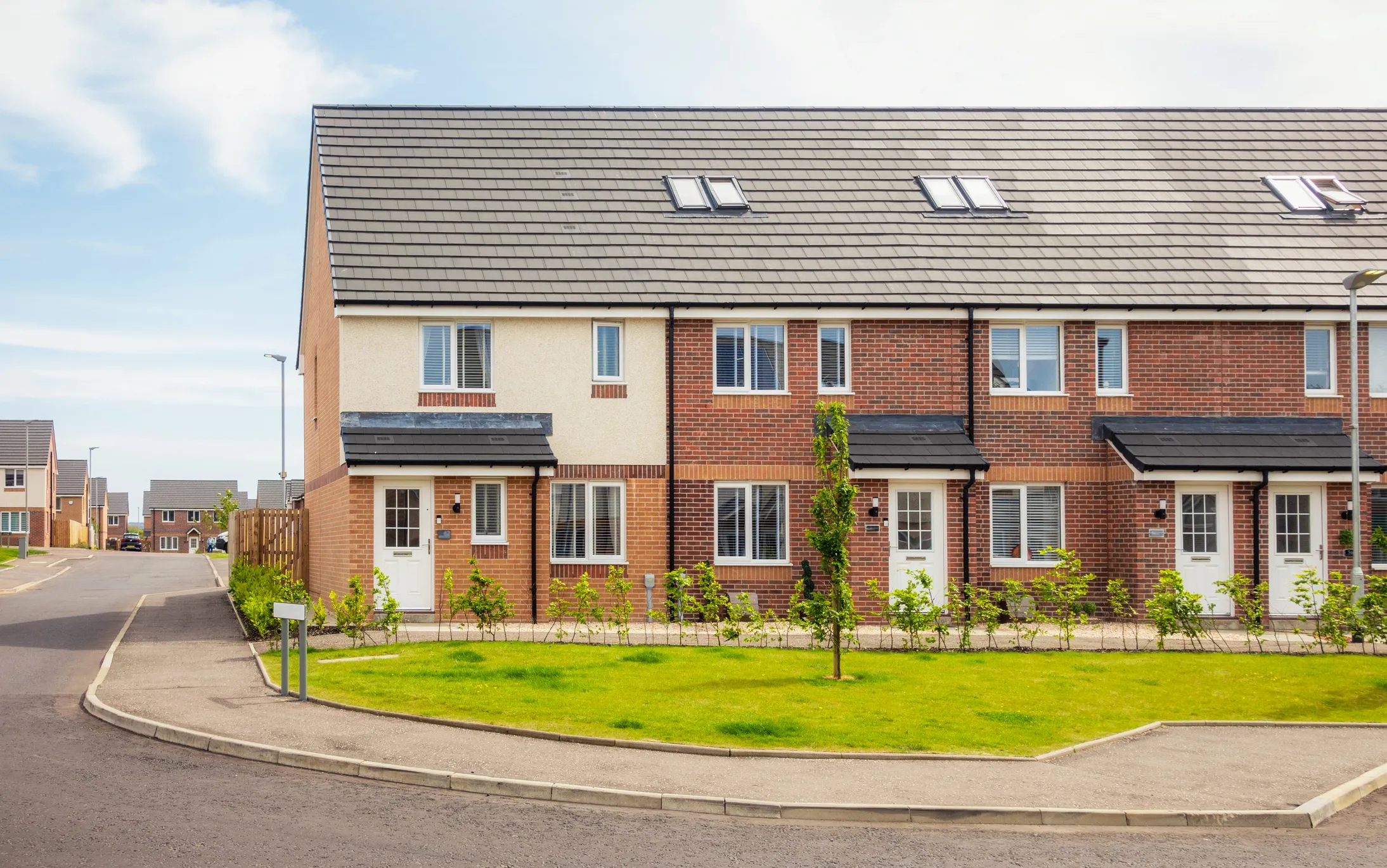A Guide for Financial Advisers
Thatched Roofs and Listed Buildings Lifetime Mortgage Eligibility
Learn about lifetime mortgage lending considerations for thatched roofs and listed buildings in our new guide for financial advisers.

Simon Pawson
20 Mar, 2025
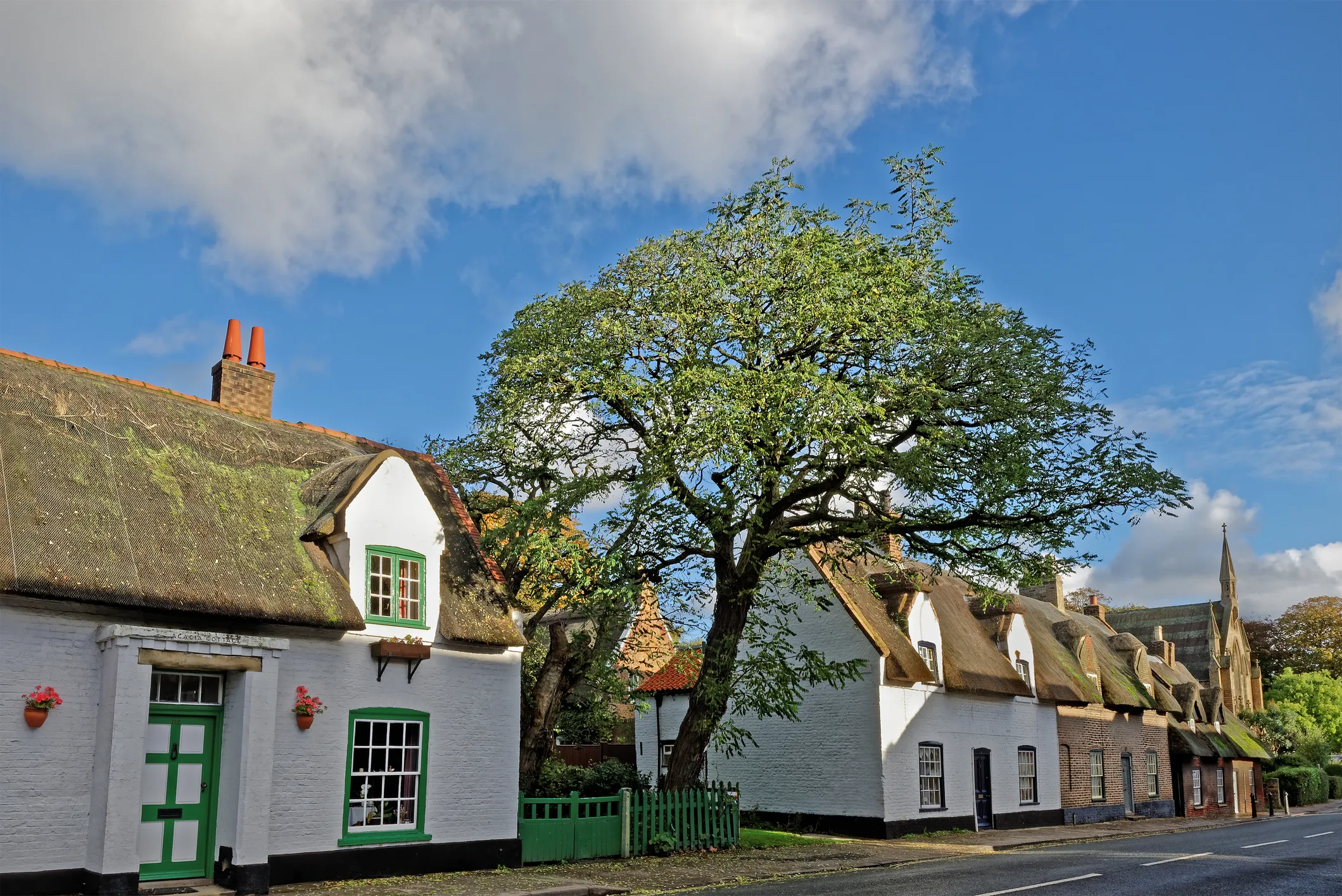
Subscribe to our Newsletter on all things later finance
Join our monthly newsletter today.
Company email
By subscribing, you agree to our Privacy Policy and to receive our newsletter.
Roof-related questions are among our most frequent lifetime mortgage criteria inquiries, both through our online search tool and directly to our Underwriting and Intermediary Sales teams.
Often, these queries stem from a lack of understanding around the key considerations around non-standard roofs or specialist properties, such as listed buildings, and the implications that this could have for equity release lending eligibility.
As a result, we've put this guide together to help broaden your understanding and support you in having more meaningful conversations with your lifetime mortgage clients. As thatched roof properties are often also listed, we've included additional information on listed buildings and lifetime mortgage eligibility.
Before we look at thatched roofs in more detail, it ought to be said that while each roof type will have its own particular quirks, they're bound by the same key considerations from an equity release lender's perspective: the increased upkeep, and the ability for the property to be sold (especially as most mortgages are redeemed following the sale of the property once the last borrower has died or entered into long-term care).
Thatched roofs, construction types, and typical lifespans
While a feature of every English village postcard picture, thatched roofs are very much a minority construction, with around 60,000 properties nationally having this particular form of construction.
Nonetheless, they still have specific additional considerations when it comes to lifetime mortgage lending, and the situation is further complicated by the fact that around 75% of thatched roof properties are listed buildings.
The material used in thatched roofs vary depending on the region the property is based on, and this also impacts the lifespan of the thatched roof. These materials are usually:
-
Combed wheat - predominantly found in Devon, Cornwall and Northamptonshire, with a lifespan of 25-30 years
-
Longstraw - found in East Anglia, with a lifespan of around 15-20 years
-
Water reed - found in Norfolk, East Anglia, Devion and Cornwall, and has a lifespan of 25-40 years
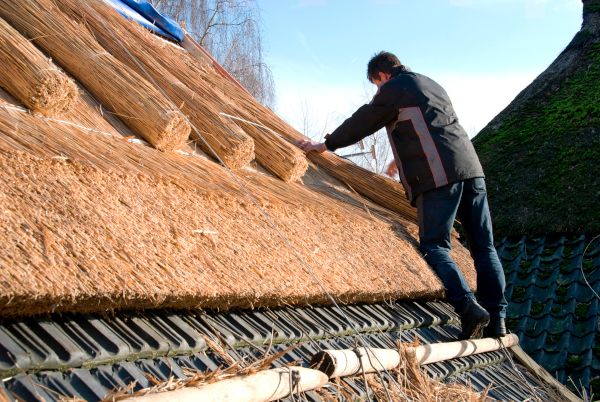
Why are lifetime mortgage lenders cautious about lending on a thatched roof property?
As previously mentioned, all lending considerations stem from potential issues around upkeep and the ability to resell the property, and thatched roof properties can fall quite heavily into both categories. Risks include:
-
Risk of fire - not only is the material more prone to fire in the first instance, it will also spread much more quickly than a tiled roof
-
Increased maintenance, with the thatched roof needing to be replaced every 15-40 years (depending on material used), and the ridge likely needing to be repaired every 10-15 years
-
Increased risk of pest infestation, with animals such as squirrels, rats and mice able to burrow into properties and begin an infestation. Birds can also remove parts for their nest, weakening the roof, while thatched roofs also attract spiders, flies, bees and wasps
-
Potential for leaks, especially if the ridge hasn't been regularly well-maintained
-
A risk of damp, as thatched cottages often have solid walls without cavity insulation, and no damp proofing
-
Higher insurance premiums, which can run up to 3x that of standard construction types - this will be even higher if the building is also listed
-
Listed status, with English Heritage estimating 75% of thatched properties in England and Wales are listed - not only will this increase insurance costs, it will also further impact maintenance costs and restrict the ability to renovate or extend the property
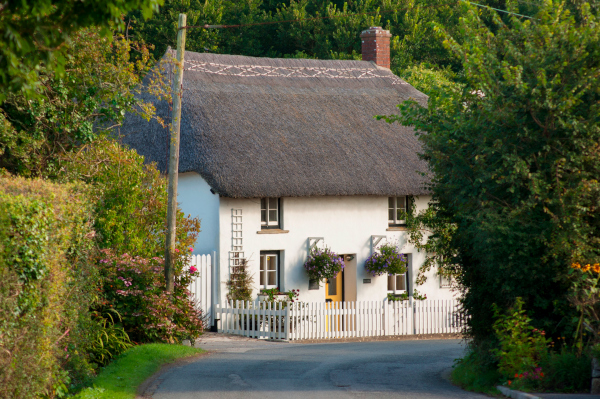
Why are lifetime mortgage lenders cautious about lending on listed buildings?
Owing to the restrictions around renovations and alterations that can be made to a property, listed buildings can have greater uncertainty around future values which in turn makes a higher-risk security compared to standard properties.
In the event of selling the property to redeem the mortgage, the property will likely suffer from having a smaller pool of potential buyers, largely due to the inflated maintenance costs and the restrictions placed on what can be done to it. Additionally, obtaining a residential mortgage on a listed building can sometimes be more complex than a standard property, further impacting the ability for the property to be resold.
Grade 1 listed buildings are especially impacted, but it's worth noting that these only make up around 2% of all listed properties in the UK.
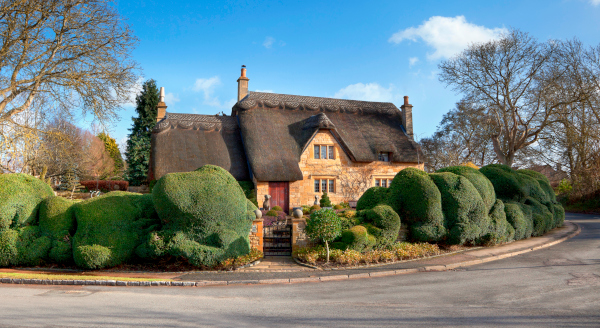
What eligibility is there for thatched roofs and listed buildings on Pure Retirement lifetime mortgages?
| Thatched roofs | Grade 1 listed | Grade 2 listed | |
|---|---|---|---|
| Sovereign | Accepted | Not accepted | Accepted - however Grade 2* and Grade B (Scotland) not acceptable |
| Classic | Accepted | Not accepted | Accepted - however Grade 2* and Grade B (Scotland) not acceptable |
| Heritage | Accepted, except on Special 3 products | Not accepted | Can be considered - however Grade 2* and Grade B (Scotland) not acceptable. If Heritage Special 3 product, any listed properties are not acceptable |
| Emerald | Not accepted | Not accepted | Accepted - however Grade 2* and Grade B (Scotland) not acceptable |
Hopefully this article has helped to widen your knowledge of thatched roof and listed building eligibility and the reasons why mortgage lenders can view them with a degree of caution.
Remember that you can learn more criteria eligibility across all of our ranges through our lifetime mortgages, which contains criteria documents for each of our products.
Additionally, you can read a number of other criteria focussed blogs including flat roofs, spray foam, flood zones, proximity to commercial premises, and estate rent charges
Our resources
Explore more of our resources tailored to supporting equity release advisers like you in succeeding.


